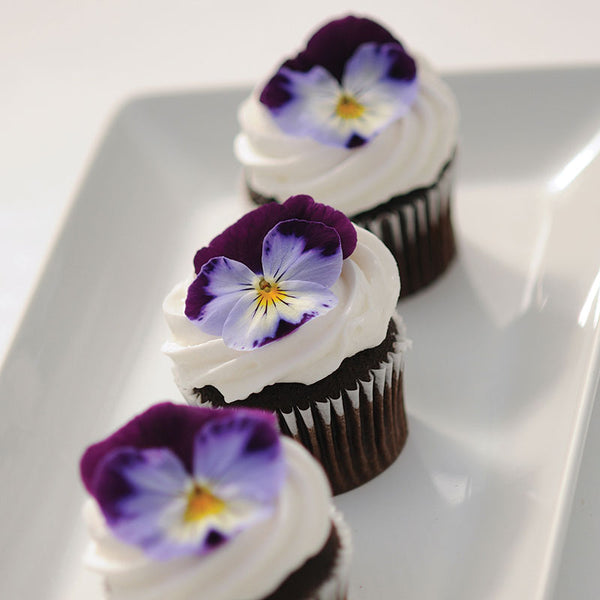Flowers are not just for admiring their beauty and fragrance, they can also be used to add flavor, color, and texture to your meals. Edible flowers are a popular addition to many culinary dishes, and they can be grown right in your own backyard. Let’s explore the benefits of planting edible flowers and provide tips for incorporating them into your cooking.
Why plant edible flowers?
There are numerous reasons to plant edible flowers in your garden. Here are a few of the benefits:
- Enhance Flavor: Edible flowers can add a unique flavor to your dishes. For example, the spicy and slightly sweet taste of nasturtium flowers can be a terrific addition to salads, while the citrusy flavor of marigolds can be used to flavor tea.
- Add Visual Appeal: Edible flowers can add a drop of color to your dishes, making them more visually appealing. For example, the bright yellow petals of calendula flowers can be used to decorate cakes or cupcakes.
- Nutritional Value: Edible flowers are often packed with nutrients, such as antioxidants and vitamins. For example, the bright red petals of hibiscus flowers are a good source of vitamin C.
-
Easy to Grow: Many edible flowers, like nasturtiums, are easy to grow and require minimal maintenance. This makes them a great choice for beginner gardeners.

Tips for planting edible flowers
If you are interested in growing edible flowers, here are five tips for getting you started:
- Choose the Right Flowers: Not all flowers are edible, so it is important to do your research before planting. Some common edible flowers include nasturtiums, calendula, lavender, marigolds, and violas.
- Consider Growing Conditions: Different flowers have different growing requirements, so it is important to consider the growing conditions in your garden before planting. For example, some flowers prefer full sun, while other prefer to have some shade.
- Start from Seed: While you can buy pre-grown plants, starting your flowers from seed is a more cost-effective option. Many edible flowers can be started by planting directly in the ground, making them an easy choice for beginning gardeners.
- Be Mindful of Pesticides: If you plan to eat your edible flowers, it’s important to avoid using pesticides or other chemicals on them. Consider using natural pest control methods, such as companion plants or handpicking pests.
- Harvest Properly: To ensure that your edible flowers are safe to eat, it’s important to harvest them properly. Only use petals that are in good condition and avoid using flowers that have treated with chemicals.

Incorporating Edible Flowers into Your Cooking
Once you have planted your edible flowers, it’s time to start incorporating them into your cooking. Here are four suggestions to get your started:
- Add to Salads: Edible flowers can be a fantastic addition to salads, adding color and flavor. Nasturtiums, pansies, and calendula are all good choices.
- Use as Garnish: Use edible flowers to decorate cakes, cocktails, or other dishes. Roses, violets, and hibiscus flowers can all be used for this purpose.
- Infuse into Tea: Many edible flowers, such as chamomile and lavender, can used to make tea. Simply steep the flowers in hot water for a few minutes and enjoy.
- Candy the Petals: You can candy the petals of some edible flowers, such as violets or rose petals, to use as a sweet treat or to decorate desserts.

In conclusion, planting edible flowers is a fun and easy way to add flavor, color, and nutrition to your meals. By following these tips, you will be able to enjoy the beauty and benefits of edible flowers.






























